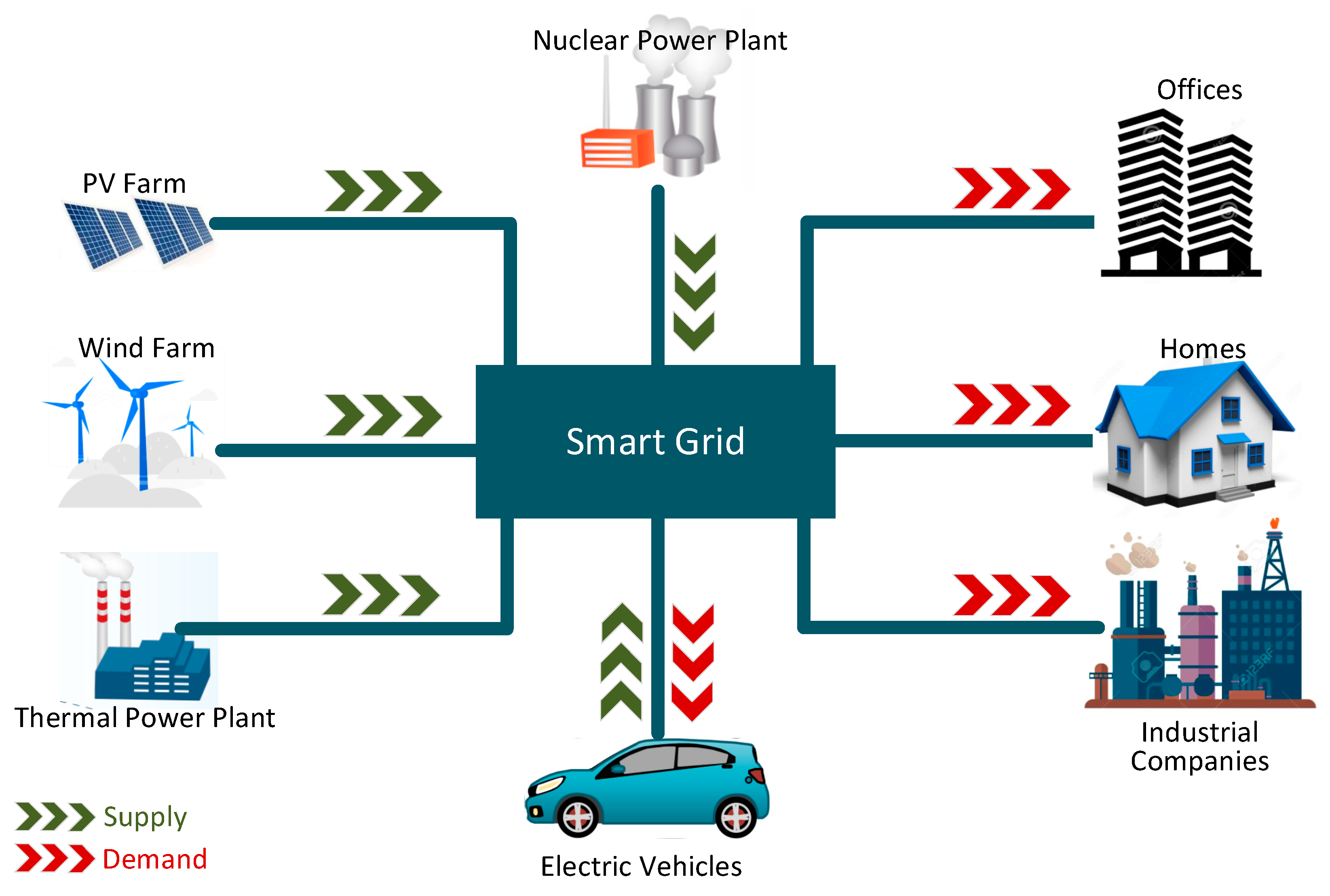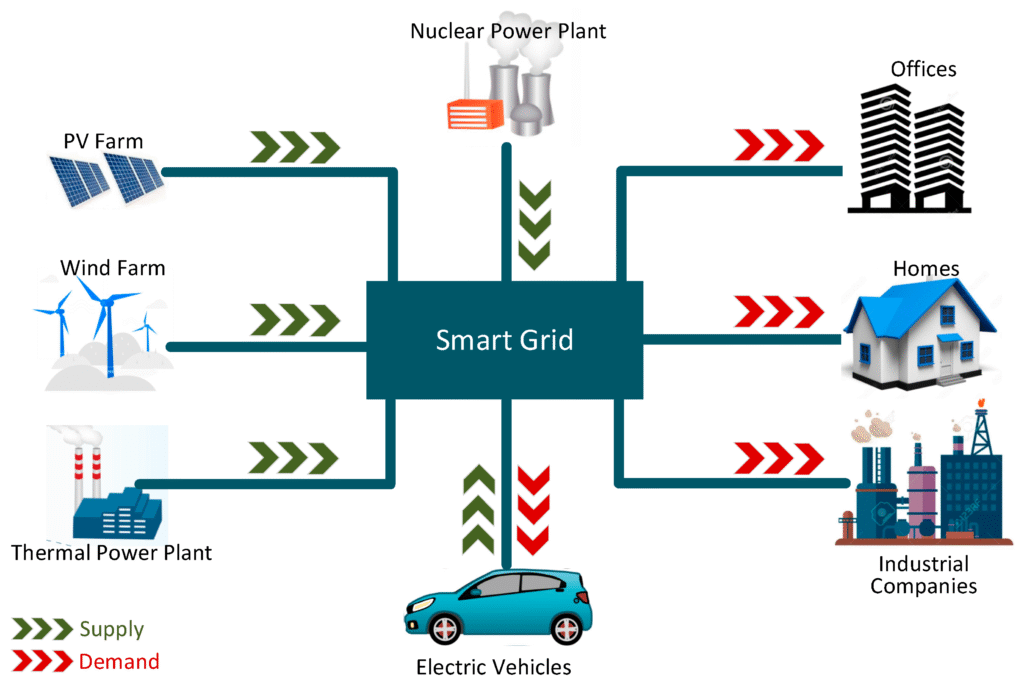Technology changes fast. One big change is the smart grid. It affects homes that use smart devices. These homes are called connected homes. This article explains how smart grids impact connected homes. It also shows why this is important for people and the environment.
What Is a Smart Grid?
A smart grid is a modern electricity system. It uses computers and sensors. These tools help control electricity better. The grid can send and receive information. This makes the power system more efficient and safe.
Old power grids only sent electricity one way. From power plants to homes. Smart grids work two ways. They can send electricity and data. This helps balance power supply and demand.
What Are Connected Homes?
Connected homes use smart devices. These devices connect to the internet. They include smart lights, thermostats, and security cameras. Connected homes can control devices remotely. For example, you can turn off lights from your phone.
Connected homes use energy more wisely. They can respond to signals from the smart grid. This means they help save power and money.
How Does Smart Grid Integration Help Connected Homes?
Smart grid integration means connecting the smart grid with homes. This connection brings many benefits. Let’s look at them in detail.
1. Better Energy Management
Smart grids send information about energy use. Connected homes get this data. They can adjust energy use in real-time. For example, a smart thermostat can lower heating when no one is home.
This saves energy and reduces bills. It also reduces the need for extra power plants.
2. Use Of Renewable Energy
Many homes have solar panels now. Smart grids help manage this energy. They allow homes to send extra solar power back to the grid.
This power can be used by others. It helps reduce pollution and fossil fuel use.
3. Improved Reliability
Smart grids can detect problems quickly. If there is a power fault, the grid can fix it fast. Connected homes get fewer blackouts and outages.
This means more comfort and safety for people.
4. Cost Savings
Smart grids offer special pricing. Connected homes can use energy when prices are low. For example, running the dishwasher at night.
This helps reduce electric bills. It also lowers the demand during peak hours.
5. Enhanced Security
Smart grids use secure communication. This protects home devices from hacking. Connected homes can be safer from cyber threats.
Security is important as more devices connect to the internet.
Challenges of Smart Grid Integration
Smart grids bring many benefits. But there are some challenges too. These must be solved for better use.
1. Cost Of Installation
Smart grid systems need new devices and wiring. This can be expensive. Not all homes can afford these upgrades immediately.
2. Privacy Concerns
Smart grids collect data about energy use. Some people worry about how data is used. Clear rules are needed to protect privacy.
3. Technology Compatibility
Different smart devices may not work well together. Standards are needed for better compatibility.
4. User Understanding
People need to learn how to use smart home devices. Simple guides and support help users get benefits.

Credit: www.nature.com
Examples of Smart Grid and Connected Home Integration
Many cities and companies test smart grid projects. Here are some examples that show how integration works.
| Project Name | Location | Main Feature | Benefit |
|---|---|---|---|
| GridWise | USA | Real-time energy data | Better energy use and cost savings |
| EcoHome | Europe | Solar power integration | Reduced pollution and bills |
| SmartCity | Asia | Automated fault detection | Less blackouts and quick repairs |
What Does the Future Hold?
Smart grid integration will grow. More homes will become connected. Devices will get smarter and easier to use.
Energy systems will be cleaner and more efficient. People will save money and help the environment.
Governments and companies must work together. They need to make smart grids affordable and safe.
How Can You Prepare Your Home?
You can start small. Add smart devices like thermostats or lights. Check if your area has smart grid services.
Learn about energy use and ways to save. Use devices to control energy during off-peak hours.
Talk to experts or your electricity provider. They can guide you on smart grid benefits.

Credit: www.mdpi.com
Summary
Smart grid integration changes connected homes in many ways. It helps manage energy better and saves money.
It supports clean energy use and improves power reliability. There are challenges, but solutions are possible.
Connected homes and smart grids together make life easier and greener. Starting today can prepare you for a smarter future.
Frequently Asked Questions
What Is Smart Grid Integration In Connected Homes?
Smart grid integration links homes to an advanced power system for better energy use.
How Does Smart Grid Improve Home Energy Efficiency?
It adjusts energy use based on demand, saving electricity and lowering bills.
Can Smart Grids Help Reduce Electricity Costs?
Yes, by managing energy smartly, homes use less power during peak hours.
What Devices Connect Homes To The Smart Grid?
Smart meters, sensors, and connected appliances work together to communicate energy data.

